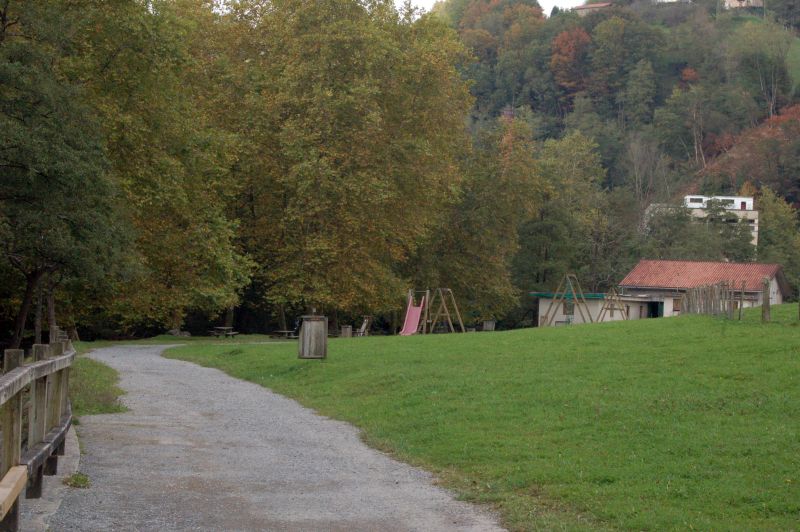
Puntos de Interés

Culture
Guanche Settlements
The term Guanche comes from the old word Guanchinet, which meant "inhabitant of Tenerife" and was used by the conquerors to refer to the aboriginals they found on the island. Over time, this word was transformed until it became the current Guanche.
These settlers, who had been living on the islands for more than 2,000 years when the Spaniards arrived, were of Berber origin and arrived on Tenerife from Africa, fleeing from drought and various colonising peoples such as the Romans.
It was a Stone Age culture that lived in isolation from the rest of civilisation. This society based its way of life on agriculture and, mainly, on livestock and shepherding, and was organised in menceyatos where there was a king or mencey, who was the person with the largest number of livestock.
Remains found on the island show that they used the caves to settle in. Where there were no caves, they built huts with rough stone and straw, which have been found scattered all over the island, as there were no villages as we know them today, and each person decided where to build their dwelling. The Guanches chose caves, preferably located on the slopes of ravines and cliffs, which they made habitable. They had a simple layout: the outermost part, and therefore the lightest part, was used as a kitchen, where they placed the hearth and the utensils needed for cooking and storing food, such as pots. The darkest part was where the bedroom was located. In larger caves, other rooms have also been found with seats in which it is thought meetings may have been held.
Nowadays, most of the remaining Guanche settlements are located in the area of Cañada de la Grieta, which have been used for many years by the island's shepherds when they move their herds.


